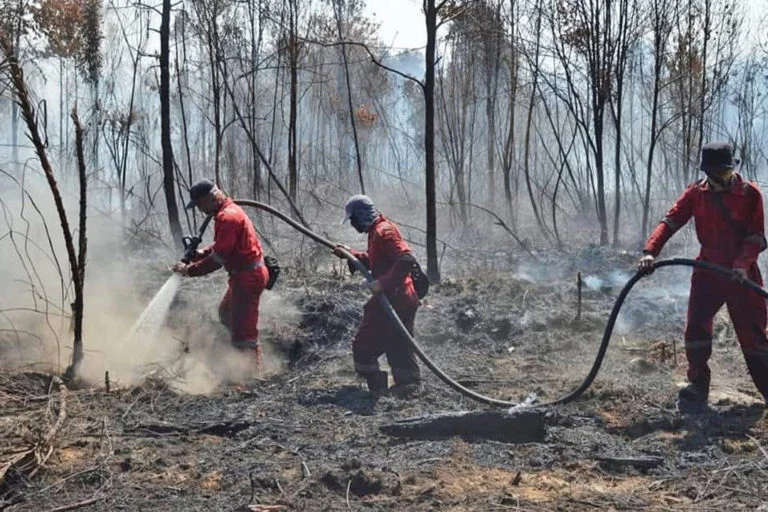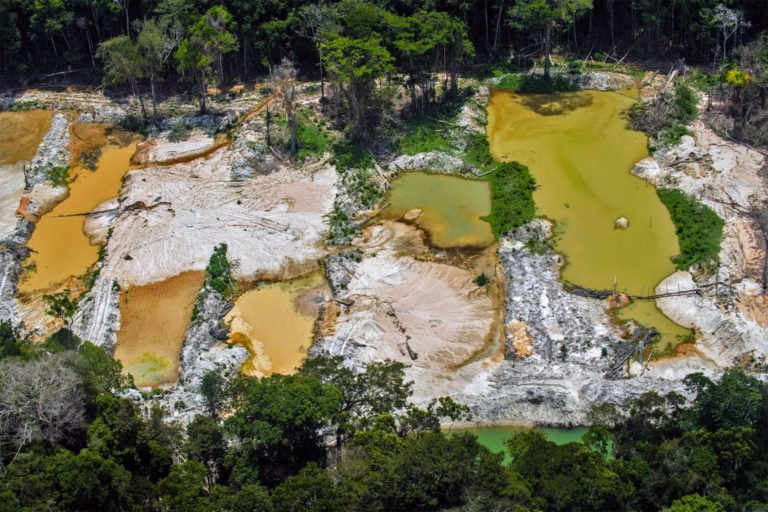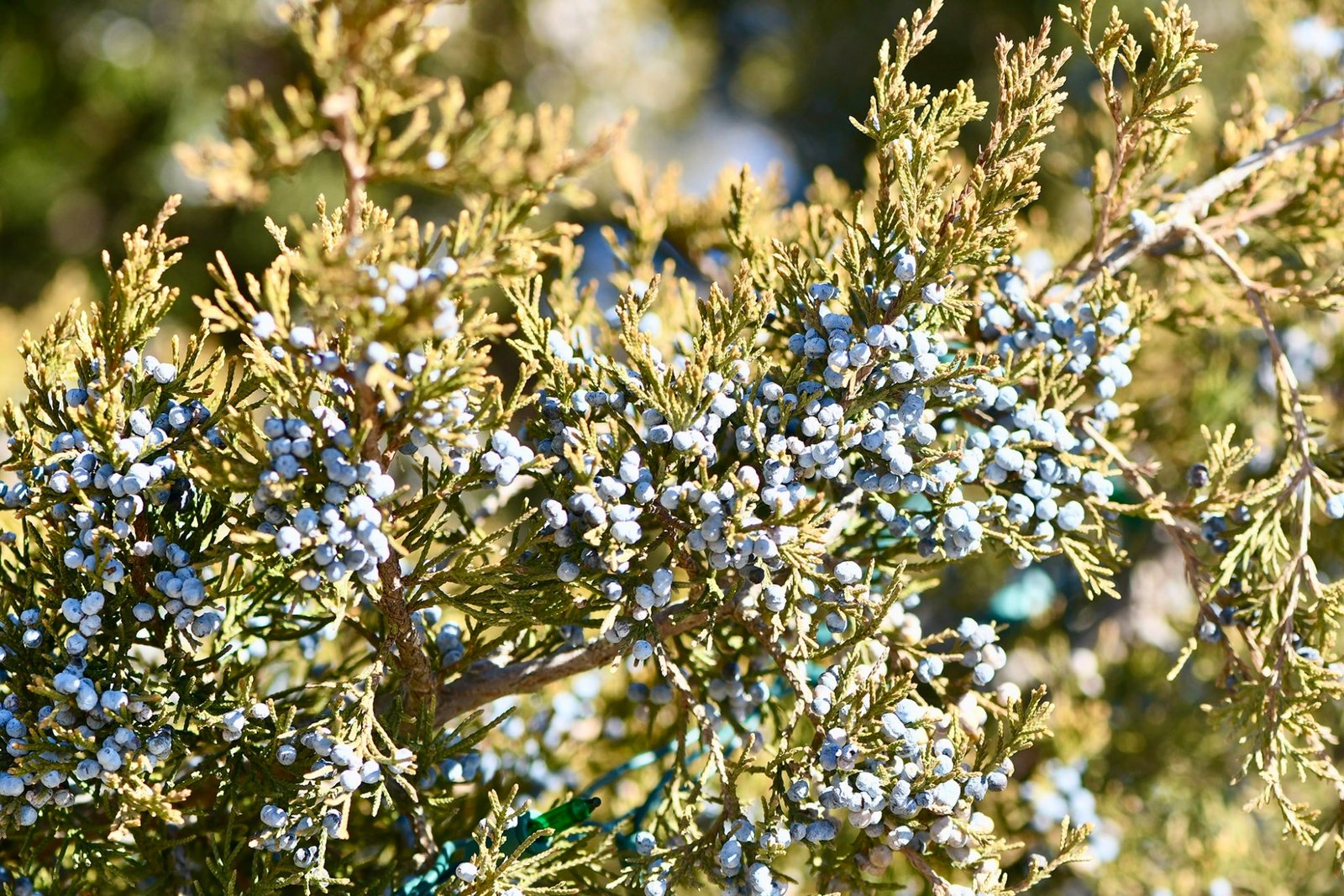- Violence against activists and Indigenous people in the Amazon has made world headlines, with little progress on tackling impunity.
- The victory of Luiz Inácio Lula da Silva in Brazil’s presidential race and a more prominent role in the government for Indigenous representatives have brought more hope around slashing deforestation and preventing the Amazon from reaching a point of no return.
- Infrastructure and mining projects have continued sprouting across the Amazon basin, threatening the livelihoods of Indigenous people and driving more forest loss.
- Deforestation rates in Brazil dropped by about 11% in 2022, but an overview of President Jair Bolsonaro’s term shows the worst forest loss in decades.
The fight to save the Amazon has continued in 2022, as tragedy and political hope are shaping the region.
Violence against environmental defenders ran rampant
Indigenous people have continued to face threats, violence and killings across the Amazon region, as they risk displacement and suffer the impacts of illegal logging, mining and agricultural expansion.
The murders of activist Bruno Perreira and journalist Dom Phillips shook Brazil and the world, shedding light on the dangers faced by environmental defenders in the Amazon, increasingly targeted during President Jair Bolsonaro’s leadership. Crimes against Indigenous people remained largely unpunished, with authorities even not investigating some cases. However, for the first time, the killing of an Indigenous defender, Paolo Guajarara, murdered in 2019 by illegal loggers, has been sent to trial in front of a judge, raising hopes about fighting impunity in Brazil.
Deforestation kept strong
Although overall, annual deforestation in the Brazilian Amazon in 2022 dropped by about 11% compared with 2021, in the wake of presidential elections and during the COP27 climate conference, clear-cutting soared. November deforestation rates were 60% above the month’s average for the last seven years, in line with forest loss during Bolsonaro’s term, when deforestation rates increased overall by 59.5%, for the worst destruction of the Amazon in the last 34 years.
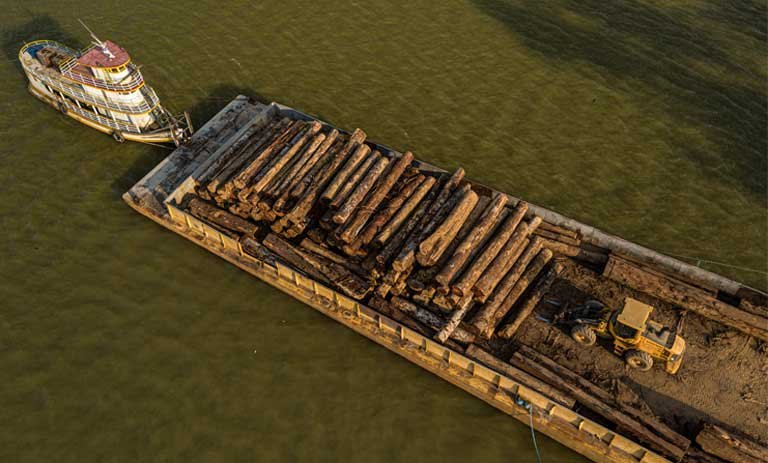
One report showed that several protected areas occupied by Indigenous people continue to be at risk from deforestation from land-grabbers, while further data showed deforestation rose by 3% in the Legal Amazon between August 2021 and July 2022, resulting in the biggest annual deforested area in the past 15 years. The Legal Amazon, an officially recognized area, covers the nine Brazilian states within the Amazon Basin and is critically important for biodiversity and regulating climate in the region and globally.
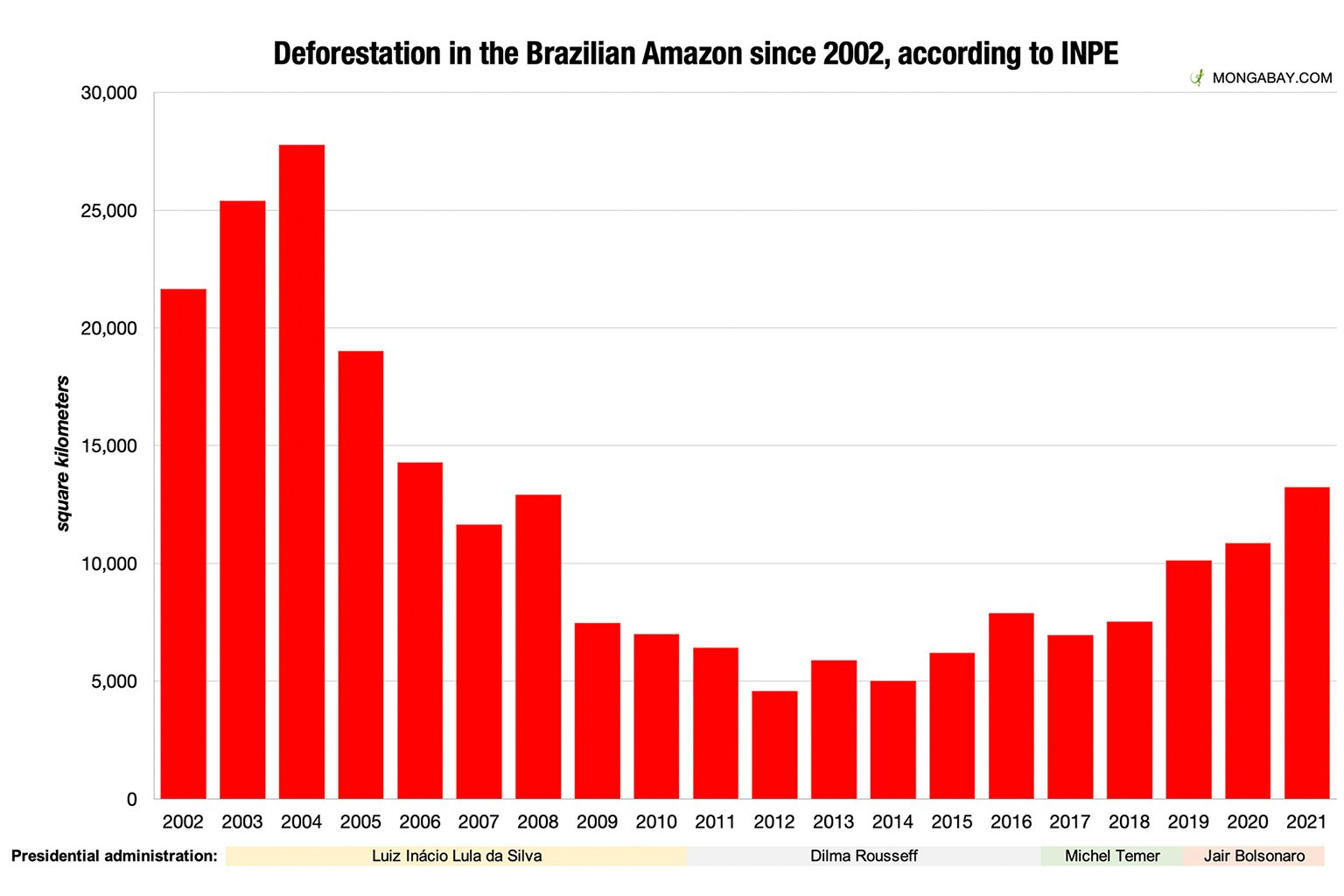
In the Peruvian Amazon, Mennonite colonies have become the largest driver of deforestation, according to satellite data. The religious group converting pristine forests into agricultural land is currently causing more damage than agribusinesses and palm oil plantations, while also invading Indigenous territories. In Bolivia, the group has also been driving forest loss across protected areas.
Illegal mining, agriculture and fires have also driven an increase in deforestation in the Venezuelan Amazon, including in major national parks.
Encroaching development and illegal deals
Legal and illegal gold mining have been expanding in Ecuador’s rivers, contaminating fresh water with toxic waste, violating the rights of Indigenous communities in two of the country’s river basins, affecting a total of 1,500 communities. Mining impacts have also been reported in one of the last well-preserved forest links between the Andes and Ecuadorian Amazon, as miners encroached the area to extract from rivers, using harmful materials.
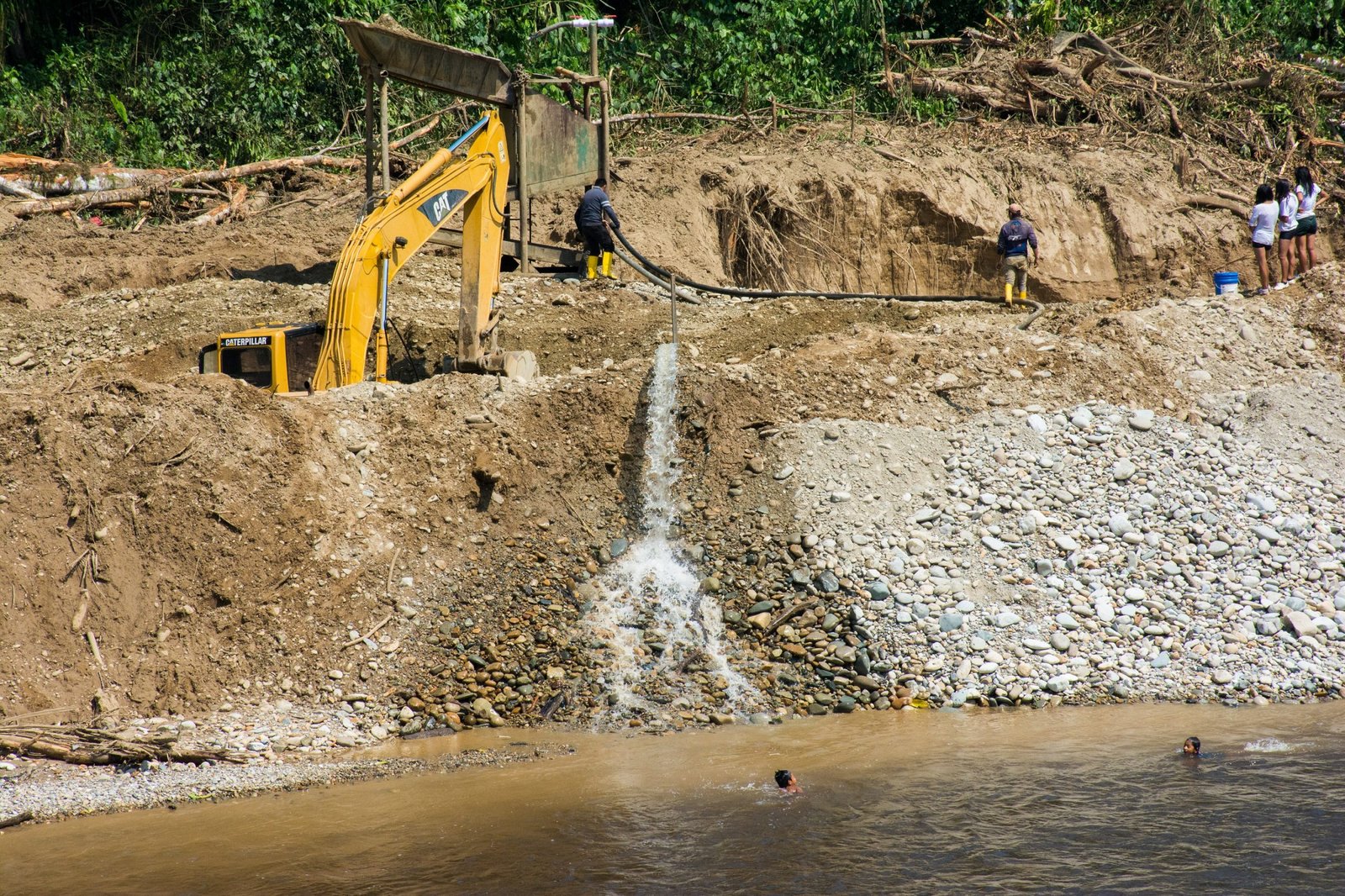
Oil blocks auctioned by the Bolivian government were proven to overlap with protected areas in the country’s Amazon region, sometimes up to 100%, an investigation from the journalism alliance ManchadosXelPetroleo has shown. Another report revealed that in the northern department of La Paz, illegal gold mining is causing deforestation and mercury pollution, as miners leverage the state’s inability to regulate the industry and make shady agreements with rich foreign investors to boost production. Oil lots in Bolivia, Ecuador and Peru are encroaching on a total of 1,647 Indigenous territories and 52 protected areas.
A highway running through one of the best preserved areas of the Brazilian Amazon could boost deforestation, land-grabbing and burning, conservation experts have warned, as works have begun. An expanding network of unofficial roads is already leading to increased forest loss across the same region, according to a new study, with 5% of that road network inside conservation units and 3% within Indigenous territories.
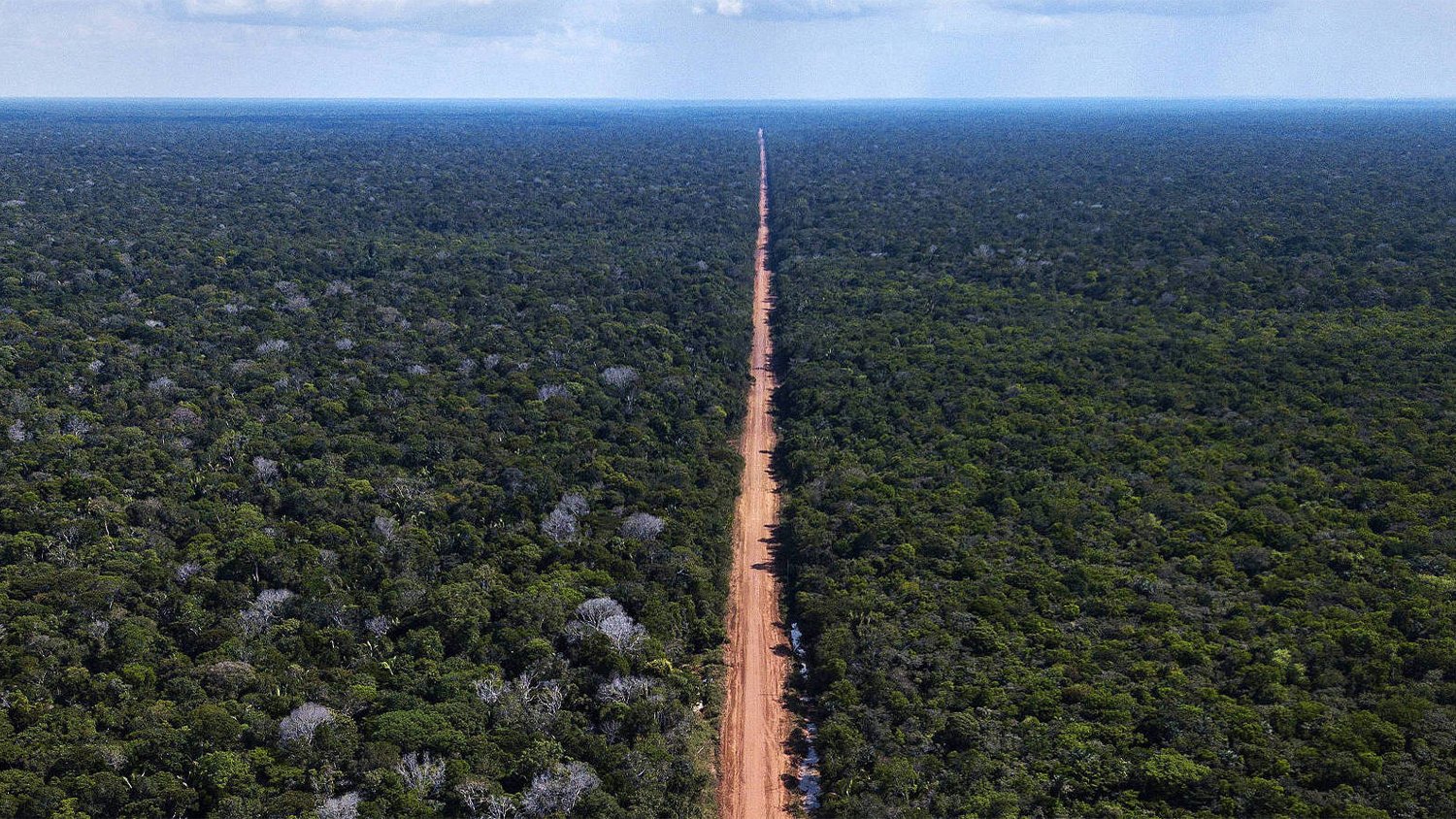
Brazil’s largest flooring exporter, Indusparquet was revealed to have made corrupt deals to secure a threatened tree species from the country’s Atlantic forest, according to a Mongabay investigation. Mongabay’s Brazil team has also revealed that Agropalma has fraudulently obtained land titles in the state of Pará, while encroaching on ancestral Quilombola land, including community cemeteries.
Elections brought new hopes for Brazil’s environmental agenda, but the way is not yet smooth
President-elect Luiz Inácio Lula da Silva, who won the election this October, has pledged to fight deforestation and protect the Amazon. Lula, who in his previous two terms oversaw a steep drop in tropical forest loss, won a tight race against Jair Bolsonaro, but pro-development conservatives have kept a strong grip on the country’s Congress and could continue to block beneficial environmental policies.

General elections also saw historical results for Brazil’s Indigenous peoples’ representation in Congress, as five self-declared Indigenous candidates were elected as federal deputies, including Sônia Guajajara and Célia Xakriabá, and two as senators.
And some good news
Alex Lucitante, 29, and Alexandra Narvaez, 30, were among the winners of the prestigious Goldman Environmental Prize. The two led an Indigenous movement to protect from gold mining the ancestral territory of the Cofán of Sinangoe in Ecuador. The territory contains rainforests, wetlands, mountains the headwaters of the Aguarico River (a tributary of the Amazon River) and the Cayambe volcano.
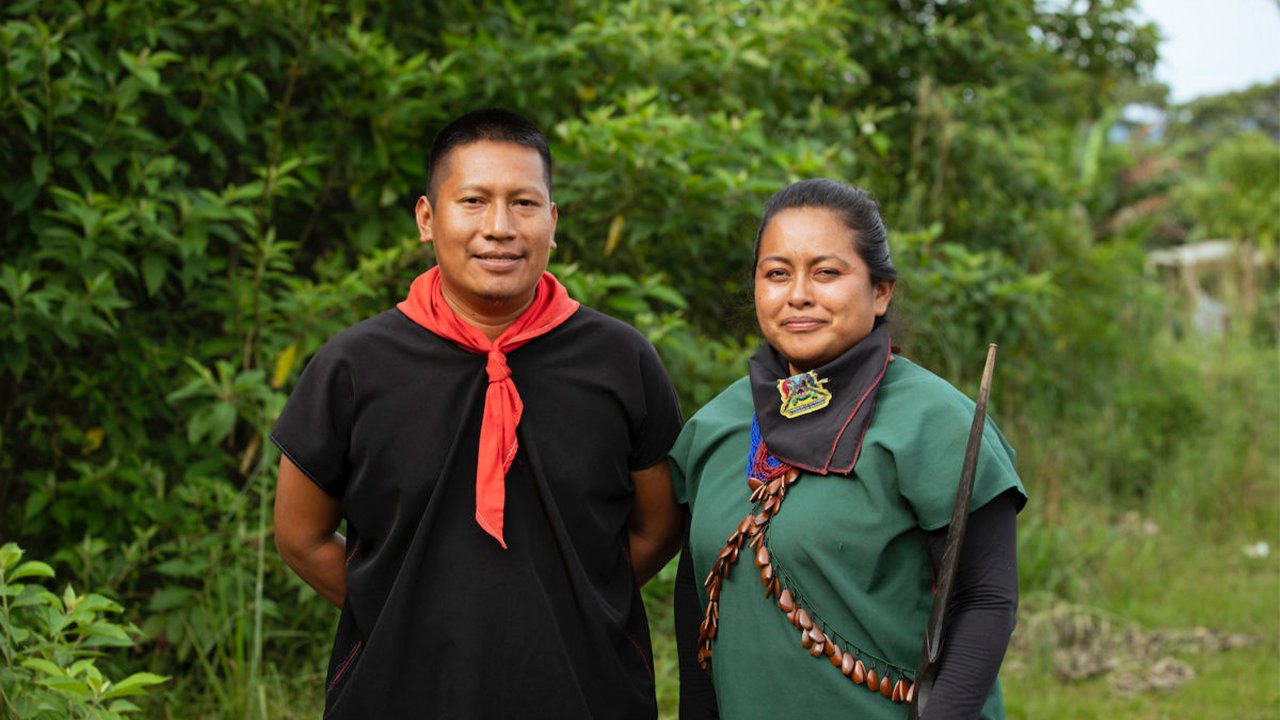
Scientists have been listening to the sounds of species in order to boost conservation. One study has been using recording devices in trees in 14 separate locations in protected areas and captured about 16,000 minutes of sound. According to the researchers, wildlife sounds could help spot behavioral changes because of climate change, assess its effects on ecosystem services and create a basis for conservation programs.
A photo database of more than 154,000 records of images from the Amazon Rainforest featured more than 300 species of mammals, birds and reptiles, in the first study to put together and standardize camera trap images from across the Amazon, covering Brazil, Bolivia, Colombia, Ecuador, French Guiana, Peru, Suriname and Venezuela.
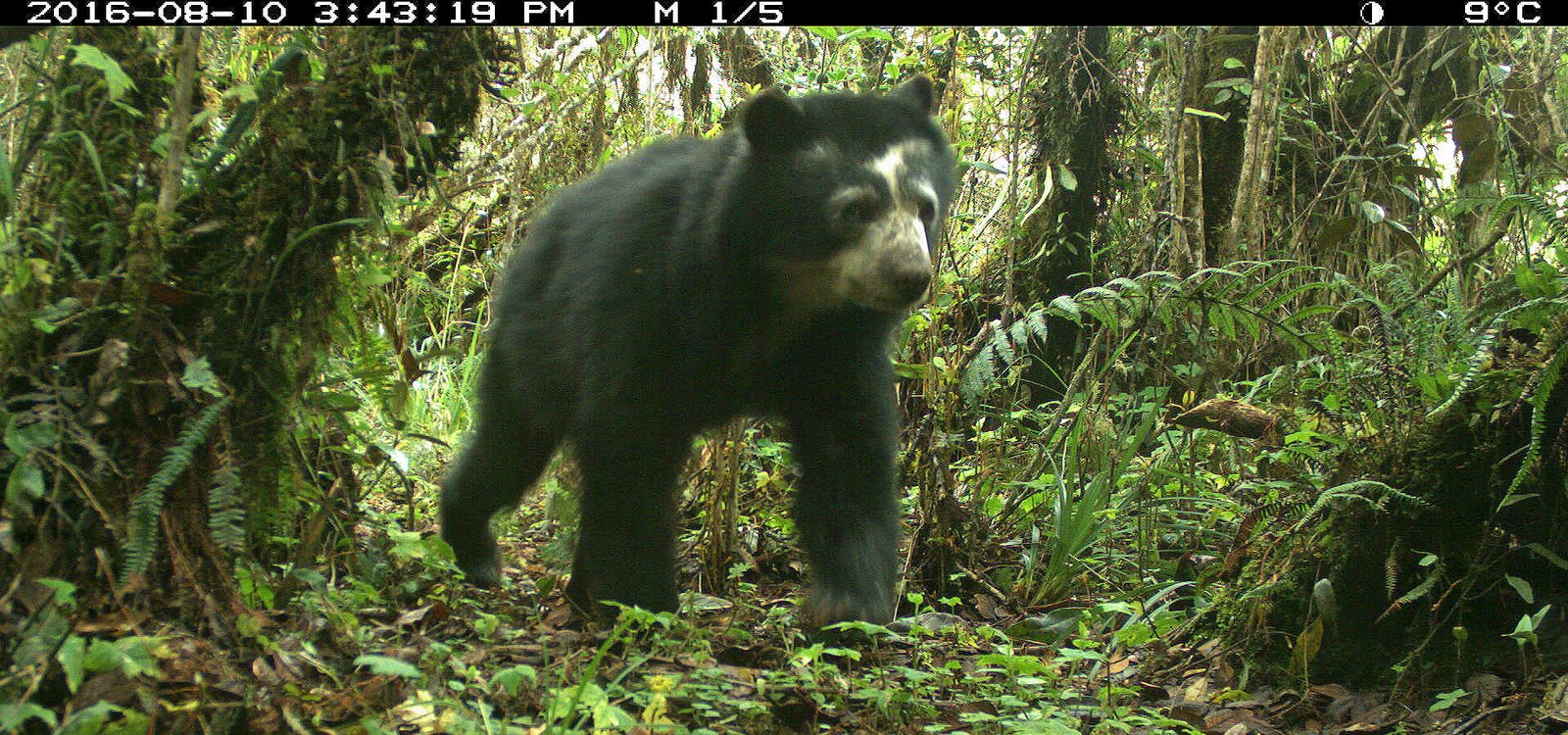
In Brazil, the RECA (Consortium and Densified Economic Reforestation Project) cooperative made up of more than 300 families, is a pioneer agroforestry system in the Brazilian Amazon. Agroforestry could help restore about 30 million hectares (74 million acres) of degraded pastures in the Amazon by providing an alternative to soy and cattle ranching.
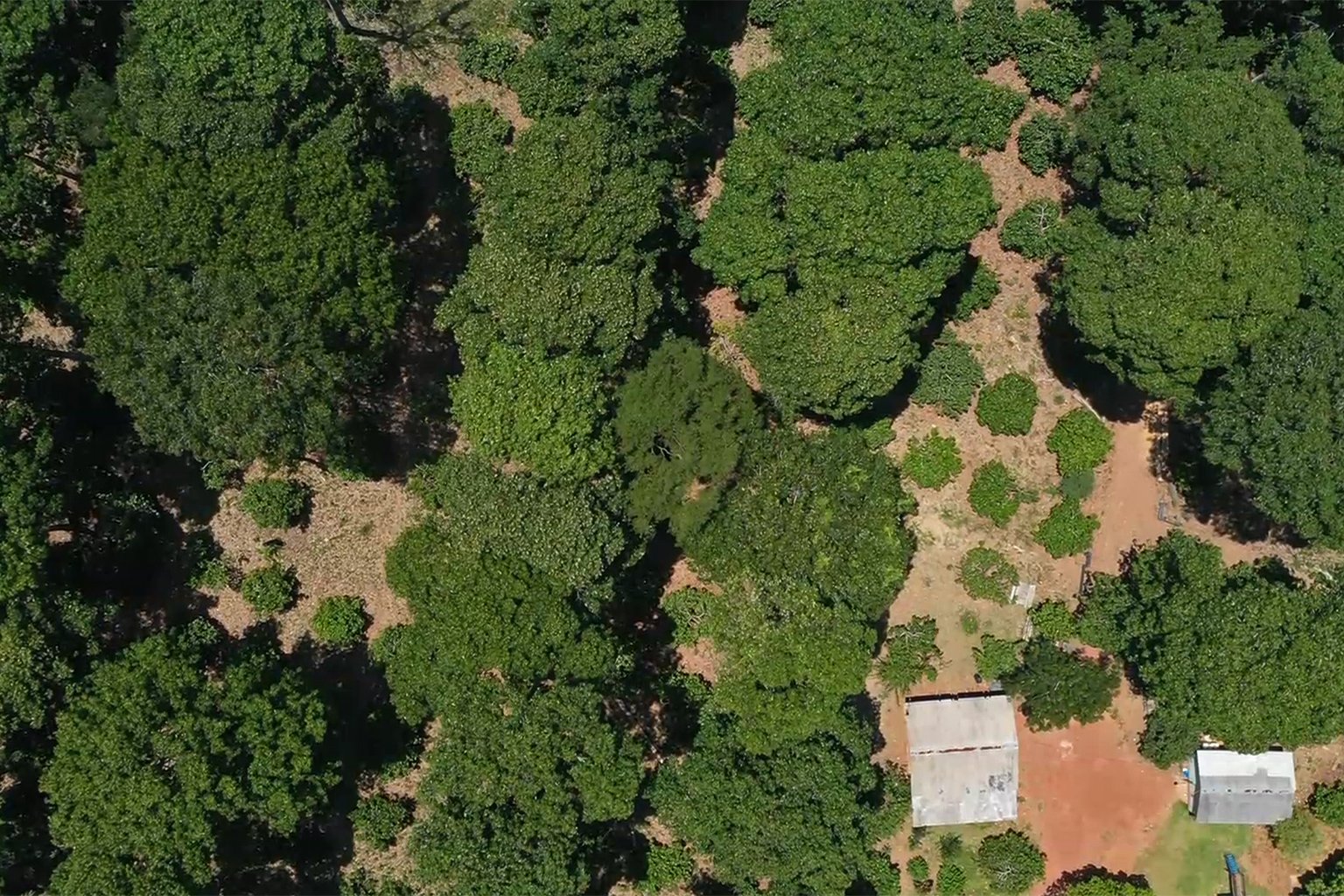
But soy could also help tackle deforestation, if planted in the right places, research has shown. Cropping soybean on underused cattle pastures would prevent deforestation and carbon emissions compared with current soy farming practices but could still boost domestic soy production by a more than a third.
Banner image: Gold mining in Rondônia. Almost 30% of the local forests have been cut down in Rondônia since it became a state in the 1980s. Image © Fabio Nascimento for Mongabay.





